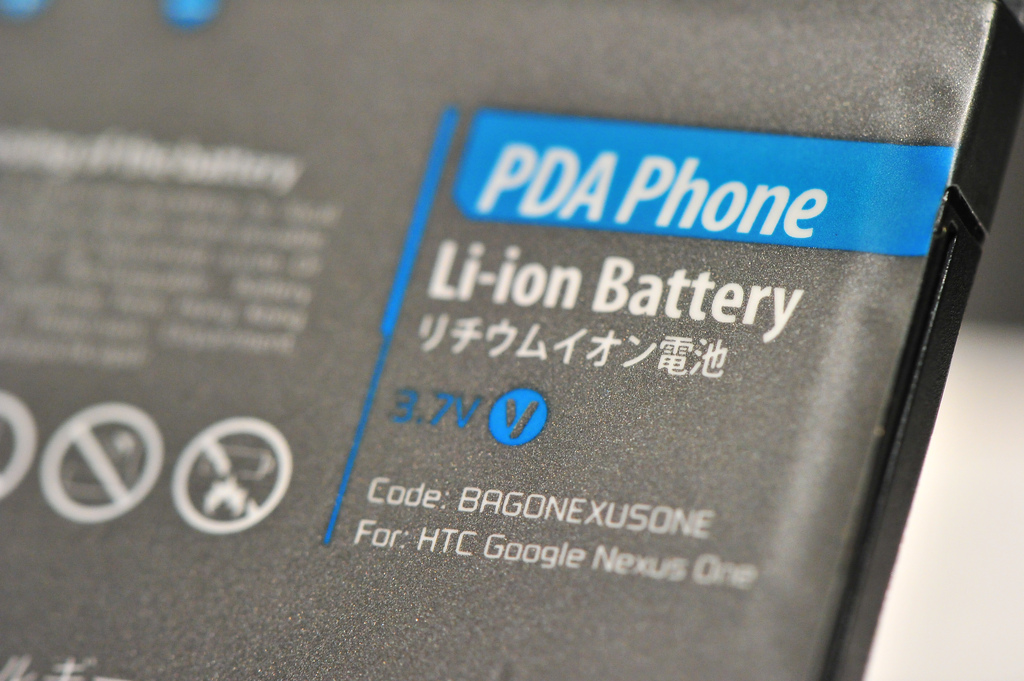A group of Swedish researchers just discovered an unconventional way to give new life to rechargeable Lithium-ion batteries: with pine resin and alfalfa seeds.
This has green implications beyond the materials’ woodsy roots. Lithium-ion batteries help power everything from iPhones to Nissan Leafs (Leaves?). And demand for the batteries from automobile manufacturers could explode up to 400 percent in the next six years. Current methods for recycling Li-ion batteries are energy-intensive and require toxic materials. So yeah, giving the mass-produced batteries new charge with sustainable materials could have a huge impact.
An article in Science Nordic explains the so-called “Achilles’ heel” of lithium batteries that inspired the project:
Essentially nothing revolutionary has happened with batteries since they were first devised 215 years ago … Contemporary battery technology is expensive and is still keeping most motorists from switching from exhaust-spuming internal combustion engine cars to clean-running EVs … These batteries also can contain toxic materials which make them expensive to recycle.
The recycled biomaterial batteries pack up to 99 percent the punch as the original battery. With some extra time, the researchers think they can increase the energy output even more. (Thank heavens for perfectionists.)
The researchers plan on taking one to two years to improve the chemistry of the product. If all bodes well, the recycled batteries could last up to a thousand years, according to researcher David Brandell. But before you get too excited, a word from Gizmag:
No information on power levels, electrical output, or capacity of the recycled battery was released.
They also left out the most crucial piece of information of all: whether the batteries will be pine/alfalfa scented or not. (Please say yes.)



